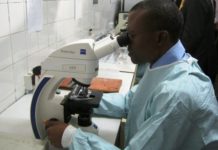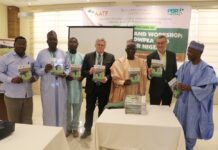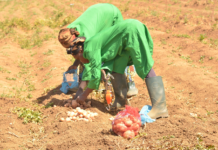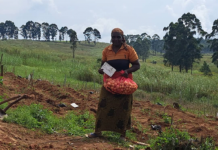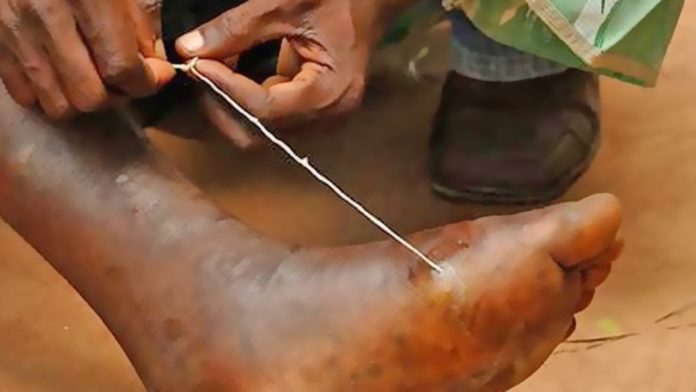The number of human cases of Guinea worm disease reported dropped from 30 in 2017 to 28 last year.
It is the lowest since the Carter Centre began leading the Guinea Worm Eradication Programme in 1986.
Back then, an estimated 3.5 million cases were reported each year in 21 countries in Africa and Asia.
“Each of these cases is a human being with a family and a life,” said Adam Weiss, director of the Guinea Worm Eradication Programme.
“These aren’t just numbers, these are people. This is why tens of thousands of volunteers, technical advisers, and staff are working in thousands of villages to find and contain the last cases of this miserable disease and show people how to wipe it out once and for all.”
Guinea worm, polio and yaws are three diseases currently targeted for eradication by the World Health Asseembly resolutions. Only smallpox has been successfully eradicated across the world.
Last year, 17 cases of Guinea worm were reported in Chad, 10 in South Sudan and one in Angola.
No report was recorded in Ethiopia, which had 15 cases in 2017.
Mali has not reported any case since 2015. A lack of cases over a long stretch indicates transmission has been interrupted, but Mali is still considered endemic because for two reasons: few infections in domestic dogs and cats, and large areas that remain inaccessible to health workers due to insecurity, according to the Carter Centre.
The figures are provision until they are confirmed by March.
Twists and turns
Guinea worm disease has been with humans for centuries. Progress against it turned in 2018: infections in humans dwindled while infections in animal continue.
According to the Centre, South Sudan detected new cases in May during enhanced surveillance activities after going 21 months with no cases reported; and a single, isolated case appeared in Angola, a country that had never reported a case before.
“What the remaining Guinea worm-endemic communities have in common is that they are difficult to reach and often appear in conflict areas or among remote, marginalized populations. We are working to solve the scientific riddle of the animal infections; the other side of the challenge, human violence, is unnecessary and avoidable,” said Dr. Dean Sienko, Carter Center vice president for health programmes.
“While the final cases of any disease eradication campaign are the most challenging and most expensive, together we — the respective ministries of health, The Carter Center, and our partners — have successfully addressed unexpected developments throughout this 38-year eradication campaign,” he said, “and we will resolve these latest issues as well.”
What to know about Guinea worm disease
- It is contracted when people consume water contaminated with tiny crustaceans that carry larvae of Guinea worms.
- The larvae mature and mater inside the human body.
- After the male worm dies, the female worm emerges through painful blisters in the skin.
- In contact with water, the worm releases its larvae into water, and the life cycle goes on.
- Guinea worm disease incapacitates people for weeks or months, reducing individuals’ ability to care for themselves, work, grow food for their families, or attend school.
Fight against Guinea worm diseases has been mainly through community-based interventions to educate people and change their behaviour—teaching them to filter drinking water and keep patients from entering water bodies to prevent contamination.




